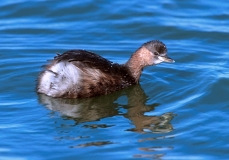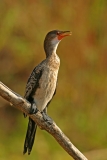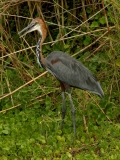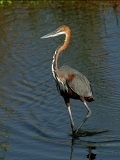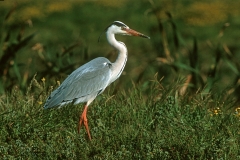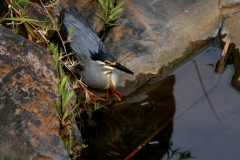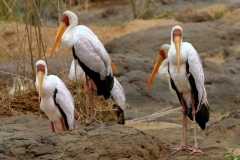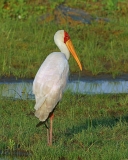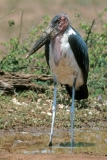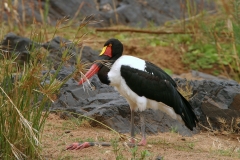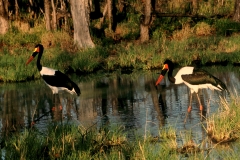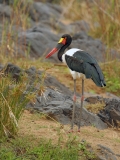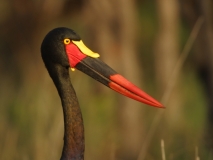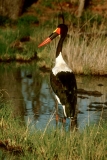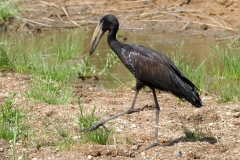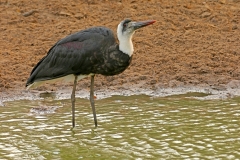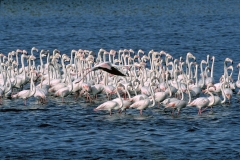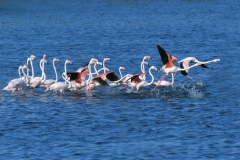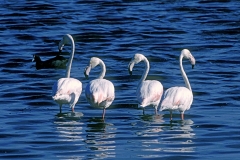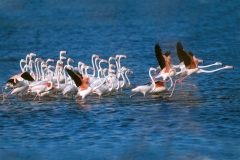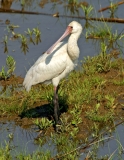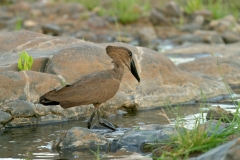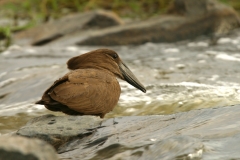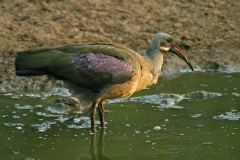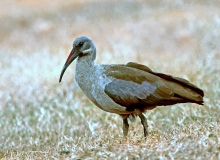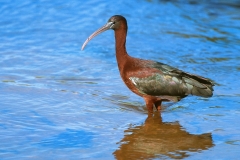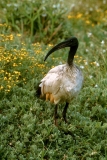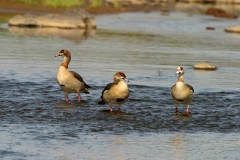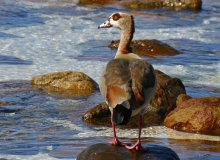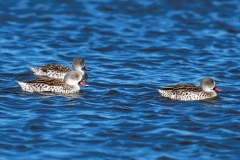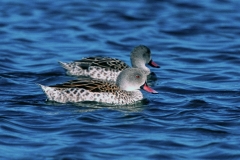African Waterbirds
Return to Home
African waterbirds cover a lot of species we photographed along the coasts and inland rivers, marshes and ponds.
The Reed cormorant was the only cormorant we captured. The herons were much more prevalent and easily spotted from the vantage point of a bridge over water. The Goliath heron, at 47-60 inches tall, was easy to spot and photograph. The green-backed heron was small and compact. Terry spotted one just beneath the bridge over the Oliphants River.
The storks of Africa move and feed much like the large herons. They were fascinating to us with their unique markings and bill formations. We had good opportunities to photograph the saddle-billed storks, the woolly-necked, the yellow-billed, the open-billed storks and the ugliest bird on the planet – the Maribou stork. This species has a bare skin head, an advantage for any scavenger. It’s more like a vulture than not, eating carrion and putrid remains, and urinating on its legs as a method of cooling itself.
The Glossy ibis was completely familiar, but the hadeda ibis was delightfully new to us. It is found in the Sub-Saharan Africa. The call is distinct, the source of its name. The first bird we photographed in Southern Africa was the sacred ibis. We spotted it just as we left the Cape Town air terminal. There were not any other opportunities with this species, so we were glad to have gotten a shot at it.
All of the flamingos we photographed were at quite a distance. While we saw both the lesser and greater varieties, we were only successful at photographing the greater flamingos.
When you come upon your first hamerkop , you will wonder if you have time-traveled into prehistoric times. This bird is woven into ancient man’s culture with many beliefs regarding its presence and behavior. It is a compulsive nest builder, whether nesting or not. It participates in “ceremonies” where up to ten birds run in a tight circle calling and dancing, raising there crests. It is truly unique among birds.
